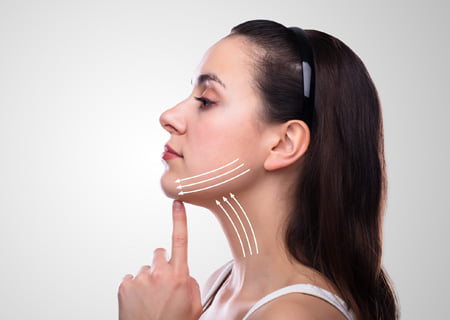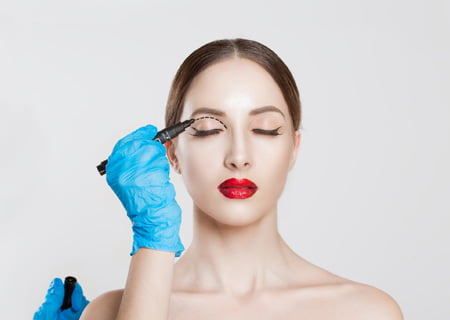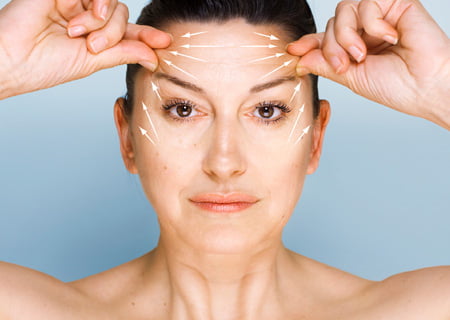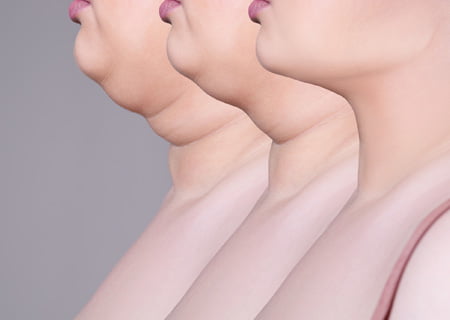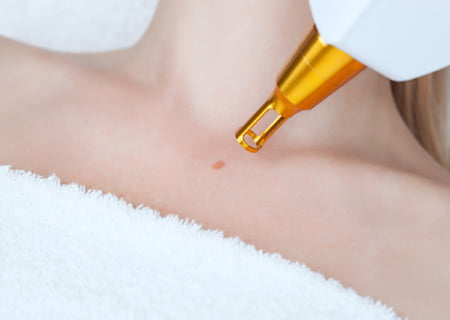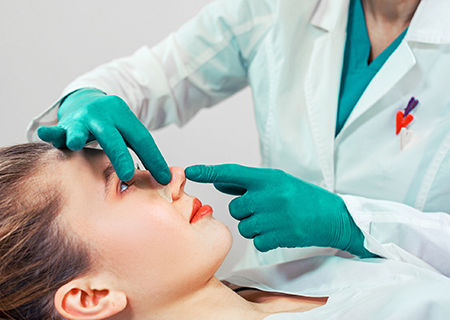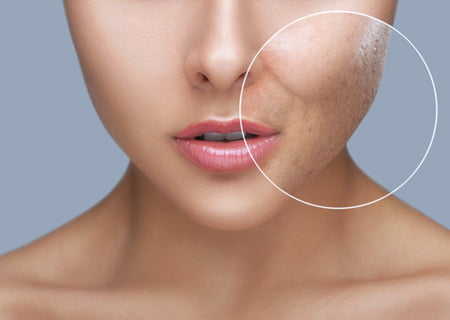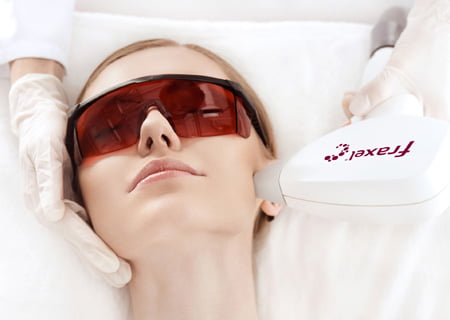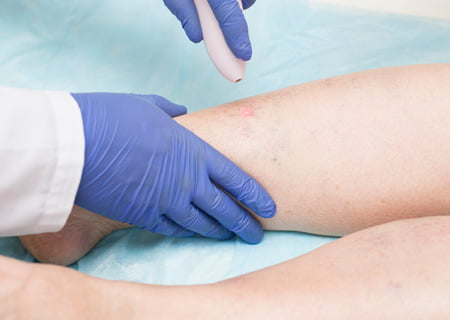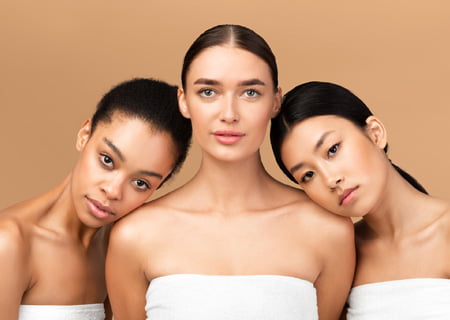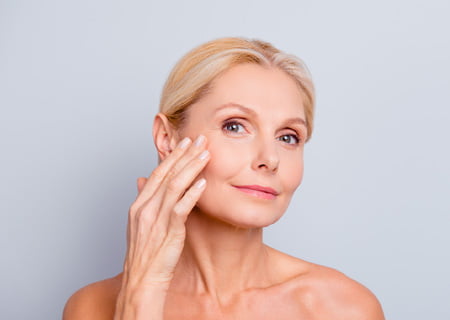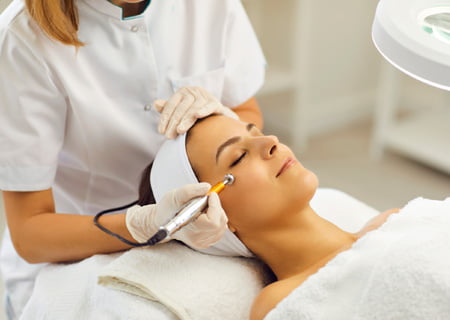Male vs. Female Rhinoplasty: How Men and Women Differ

Rhinoplasty is a popular cosmetic surgery that can enhance both the appearance and function of the nose. Approaches to rhinoplasty differ between men and women, depending on anatomical structures, aesthetic preferences, and individual goals.
Key Takeaways
- Anatomical Differences: Men typically have larger, denser nasal structures, while women have smaller, more delicate noses.
- Aesthetic Goals: Men often prefer stronger, more prominent features, while women seek softer, more refined contours.
- Surgical Techniques: Procedures are tailored to meet specific functional and aesthetic goals based on gender.
- Recovery Variations: Men may experience longer healing times due to thicker skin, while women generally heal faster.
Rhinoplasty, commonly known as a nose job, is one of the most popular cosmetic surgeries worldwide. It is a procedure that can dramatically alter the appearance and function of your nose, providing aesthetic and health benefits.
However, the approach to rhinoplasty can vary significantly between men and women due to differences in anatomical structures, aesthetic goals, and psychological factors.
Understanding Rhinoplasty
People also search
Rhinoplasty involves the surgical reshaping of the nose to improve its appearance or function. The procedure can address a wide range of issues, including:
- Aesthetic concerns : such as a dorsal hump, a bulbous tip, or asymmetry.
- Functional problems : such as breathing difficulties due to a deviated septum or nasal obstructions.
While the basic principles of rhinoplasty apply to all patients, the specifics of the procedure can vary based on gender due to the distinct anatomical and aesthetic differences between male and female noses.
Anatomical Differences
Structural Variations
Men and women have inherent anatomical differences in their nasal structures. These variations influence the surgical techniques used and the overall approach to rhinoplasty.
Nasal Size and Shape:
- Men : Typically, men have larger and more prominent noses with a higher dorsal hump. The nasal bridge is usually broader, and the skin tends to be thicker.
- Women : Women's noses are generally smaller and more refined. The nasal bridge is narrower, and the skin is often thinner, which can make surgical adjustments more noticeable.
Bone and Cartilage Density:
- Men : Men have denser bone and cartilage, requiring more forceful and precise surgical techniques.
- Women : Women's nasal structures are more delicate, necessitating a gentler approach to avoid over-correction and ensure subtle refinements.
Functional Considerations
Breathing issues can affect both men and women, but the approach to correcting these problems can differ due to anatomical variations.
- Men: Functional rhinoplasty in men often focuses on correcting larger, more structurally robust nasal passages. The challenge is to improve airflow while maintaining or enhancing the nose's masculine characteristics.
- Women : For women, functional rhinoplasty must balance improving nasal function with preserving or enhancing the nose's delicate and feminine features.
Aesthetic Goals
The aesthetic goals of rhinoplasty can vary significantly between men and women, influenced by societal standards, cultural perceptions, and personal preferences.
Male Aesthetic Preferences
- Strong, Straight Nose : Men often seek a nose that conveys strength and masculinity. A straight nasal profile without a pronounced tip is commonly desired.
- Prominent Features : Maintaining a prominent nasal bridge is often preferred, aligning with the overall stronger facial features typically associated with male attractiveness.
- Subtle Refinements : While men seek improvement, they usually prefer subtle changes that enhance their natural features without making the nose look "done."
Female Aesthetic Preferences
- Soft, Feminine Contours : Women often desire a nose with soft, gentle contours. A slight upward tilt of the nasal tip and a smooth, concave profile are commonly requested features.
- Refined and Delicate : A more refined nasal bridge and a less prominent hump are typical goals. Women generally seek a nose that complements their overall facial harmony and enhances their femininity.
- Natural Appearance : Similar to men, women prefer a natural-looking result, but with a focus on enhancing delicate and balanced facial features.
How does rhinoplasty differ between men and women?
Rhinoplasty for men focuses on maintaining strong, masculine features with subtle enhancements, while women often seek softer, more refined results. The techniques used and recovery times vary due to differences in nasal structure, skin thickness, and aesthetic preferences.
Surgical Techniques
The techniques used in rhinoplasty are tailored to meet the specific needs and goals of male and female patients. Surgeons must consider both the functional and aesthetic aspects to achieve the desired outcomes.
Male Rhinoplasty Techniques
- Maintaining Structure : Surgeons often focus on maintaining the strength and integrity of the nasal structure, ensuring that the results look natural and masculine.
- Conservative Reduction : When reducing the size of the nose, a conservative approach is taken to avoid overly feminizing the features. The goal is to achieve a balanced, proportional look that retains the nose's masculine characteristics.
- Augmentation : In some cases, augmentation techniques are used to enhance the nasal bridge or tip, providing a more prominent and defined appearance.
Female Rhinoplasty Techniques
- Delicate Refinement: Techniques focus on delicate refinements to achieve a graceful and feminine nose. This may involve reducing the nasal hump, refining the tip, and narrowing the bridge.
- Subtle Adjustments: Subtle adjustments are made to ensure the nose looks natural and complements other facial features. The emphasis is on creating a harmonious and balanced appearance.
- Preserving Softness: Care is taken to preserve the softness of the nasal contours, ensuring the final result is in line with the patient's aesthetic goals and feminine ideals.
Psychological and Social Factors
The psychological and social factors influencing rhinoplasty can also differ between men and women, impacting their motivations and satisfaction with the procedure.
Male Psychological Factors
- Confidence and Self-Image : Men may seek rhinoplasty to boost confidence and improve self-image, particularly if they feel their nose is too prominent or detracts from their overall appearance.
- Professional and Social Pressures : Professional and social pressures can influence men's decisions to undergo rhinoplasty. A more refined and proportional nose can enhance their perceived attractiveness and social standing.
Female Psychological Factors
- Self-Esteem and Beauty Standards : Women often seek rhinoplasty to align their appearance with societal beauty standards, enhancing their self-esteem and confidence.
- Personal Fulfillment : Many women undergo rhinoplasty for personal fulfillment, striving to achieve a nose that reflects their ideal self-image and complements their facial features.
Recovery and Outcomes
Recovery and outcomes can vary between men and women due to differences in skin thickness, healing rates, and the extent of the surgical adjustments.
Male Recovery
- Healing Time : Men may experience a longer healing time due to thicker skin and more extensive structural changes.
- Swelling : Swelling can be more pronounced and take longer to subside. Patients should be prepared for a gradual reveal of the final results.
Female Recovery
- Faster Healing : Women often experience faster healing due to thinner skin and less extensive adjustments.
- Less Swelling : Swelling typically subsides more quickly, allowing for earlier appreciation of the surgical results.
At the end of the day, rhinoplasty is a highly individualized procedure that requires a nuanced approach to meet the distinct needs and goals of men and women. Whether it's enhancing masculinity through a strong, straight nose or refining feminine features with delicate contours, a skilled surgeon can tailor the procedure to suit each patient's unique characteristics and desires.
If you're considering rhinoplasty and want to achieve the best possible results tailored to your individual needs, trust Dr. Zakhary at Facial Cosmetic Surgery. She specializes in male and female rhinoplasty, ensuring that you receive personalized care and exceptional results.
Contact us today to schedule a consultation and take the first step towards enhancing your natural beauty and confidence.

